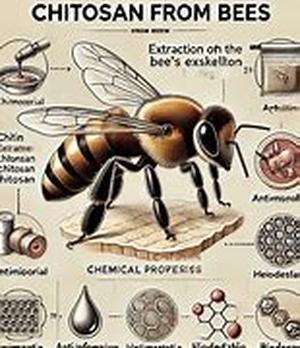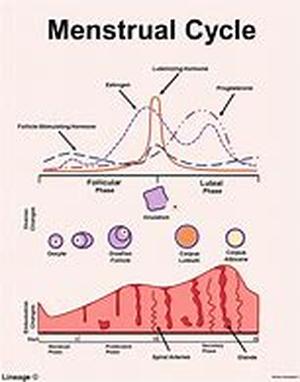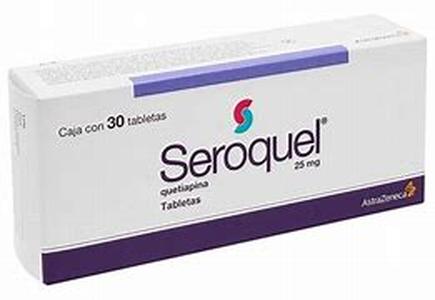
Chitosan Is A Polysaccharide Derived From Chitin, A Polymer Substance That Is Present In The Exoskeletons Of Crustaceans. It Is Considered As One Of The Most Abundant Polysaccharides Found In Nature, Making Chitosan Plentiful And Relatively Inexpensive Product.Just Recently, Chitosan Sparked Interest In The Tissue-engineering Field. It Has Been Investigated For Use In The Engineering Of Cartilage, Nerve And Liver Tissue, As Well As For Use In Wound Dressings And Drug Delivery Devices. However, Certain Difficulties With Using Chitosan As A Polymer Scaffold In Tissue Engineering Are Currently Cited. These Include Low Strength And Inconsistent Behavior With Seeded Cells. Fortunately, Chitosan May Be Easily Blended With Other Materials In Order To Increase Its Strength And Cell Attachment Potential. One Of The Commonly Produced Blends These Days Is Mixtures With Polyvinyl Alcohol And Chitosan.How The Polyvinyl Alcohol-Chitosan Blend Films Are Prepared?The Polyvinyl Alcohol-chitosan Blended Films Are Usually Prepared From The Polyvinyl Alcohol (PVA) And Chitosans (Cs) With Varying Concentrations. For Further Emphasis, The Polyvinyl Alcohol-chitosan Blend Films Were Prepared By Casting The Respective Polymer Solutions. The Known Glutaraldehyde Was Employed As A Form Of Cross-linking Agent. Then, A Series Of Polyvinyl Alcohol-chitosan Were Prepared By Varying Ratio Of The Constituents. According To Some Experts, The Mechanical Properties Of These Films Were Also Investigated By Tensile Strength As Well As Tensile Strain Of The Blended Films In The Dry And Wet States. As The Bulk And Surface Of Hydrophilicity Of Biomaterials Are Very Necessary Parameters For Bioapplication, The Experts Studied The Effect Of The Polyvinyl Alcohol-chitosan Blending Condition On Water Uptake, Contact Angle, As Well As Surface Tension Of A Number Of Different Samples.Materials UsedFor The Polyvinyl Alcohol-chitosan Blending To Be Successful, A PVA And Chitosan Samples Are Needed. As Experts Often Suggest, A PVS Sample With 99 Percent Hydrolyzed And A Chitosan With 85.6 Percent Degree Of Deacetylation And Viscosity Of 115 Cps In 1 Percent Acetic Acid Must Be Considered. It Is Also Important To Note That In Order To Yield Positive Results, All Other Chemicals To Be Used Must Be Analytical Grade.The ResultsAs Mentioned Earlier, A Number Of Polyvinyl Alcohol-chitosan Blends Have Been Produced. According To Some Researches, The Common Result Of This Blending Suggests That The Blending Of Polyvinyl Alcohol And Chitosan Improves The Tensile Strength And Flexibility Of Films Both In Dry And Wet States. Also, The Cross-linking With The Glutaraldehyde Enhances Tensile Strength And Lowers The Elongation Of Blends. Its Effect, However, Increases If The Content Of The Chitosan Is Also Increased. Further Worth Noting Is The Findings That With Increasing Polyvinyl Alcohol Content In The Blends, The Water Uptake Increases. It Is, However, Decreases With The Cross-linking Of The Blends With Glutaraldehyde. In Addition, The Water Uptake Increases When PH Decreases. Well, The Effect Of PH On Increasing Water Uptake Is Highly Given Attention In This Study Knowing That It Is More Significant For Samples With More Chitosan Content. In General, It Was Found Out That The Blending Of Polyvinyl Alcohol-chitosan Films Improves The Bulk And Surface Hydrophilicity Of Blended Films.





